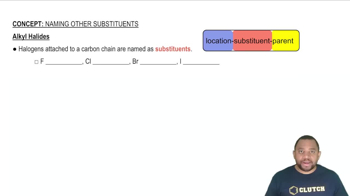These reactions are important in catalytic converters in automobiles. Calculate ΔG° for each at 298 K. Predict the effect of increasing temperature on the magnitude of ΔG°.
a. 2 CO(g) + 2 NO(g) → N2(g) + 2 CO2(g)
b. 5 H2(g) + 2 NO(g) → 2 NH3(g) + 2 H2O(g)
c. 2 H2(g) + 2 NO(g) → N2(g) + 2 H2O(g)
d. 2 NH3(g) + 2 O2(g) → N2O(g) + 3 H2O(g)




